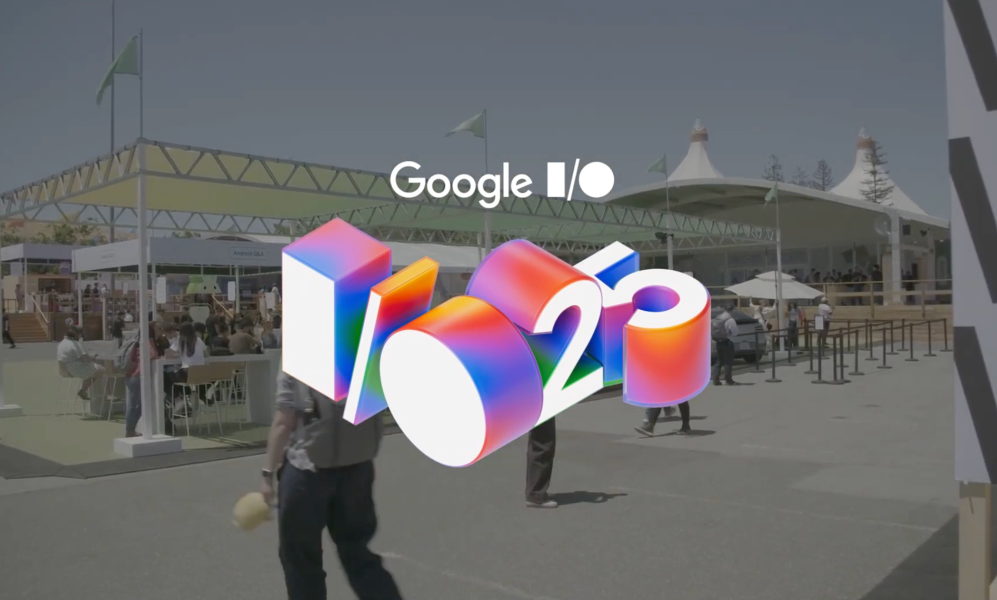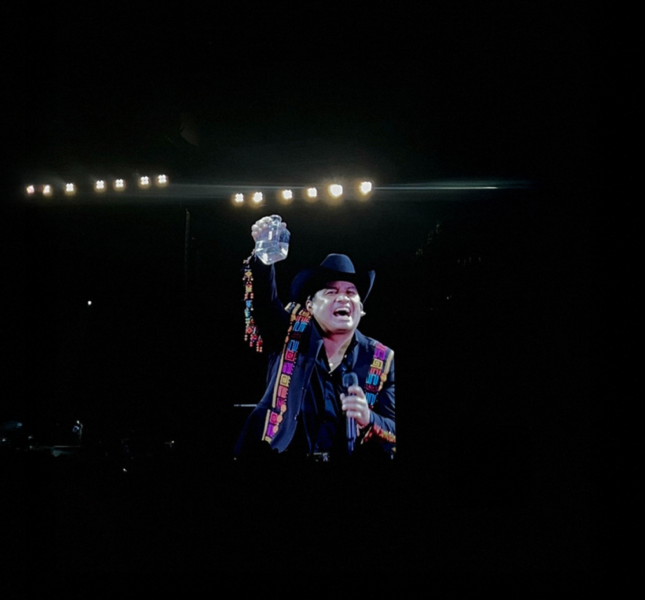Experience Centers: Where Brands Come to Life
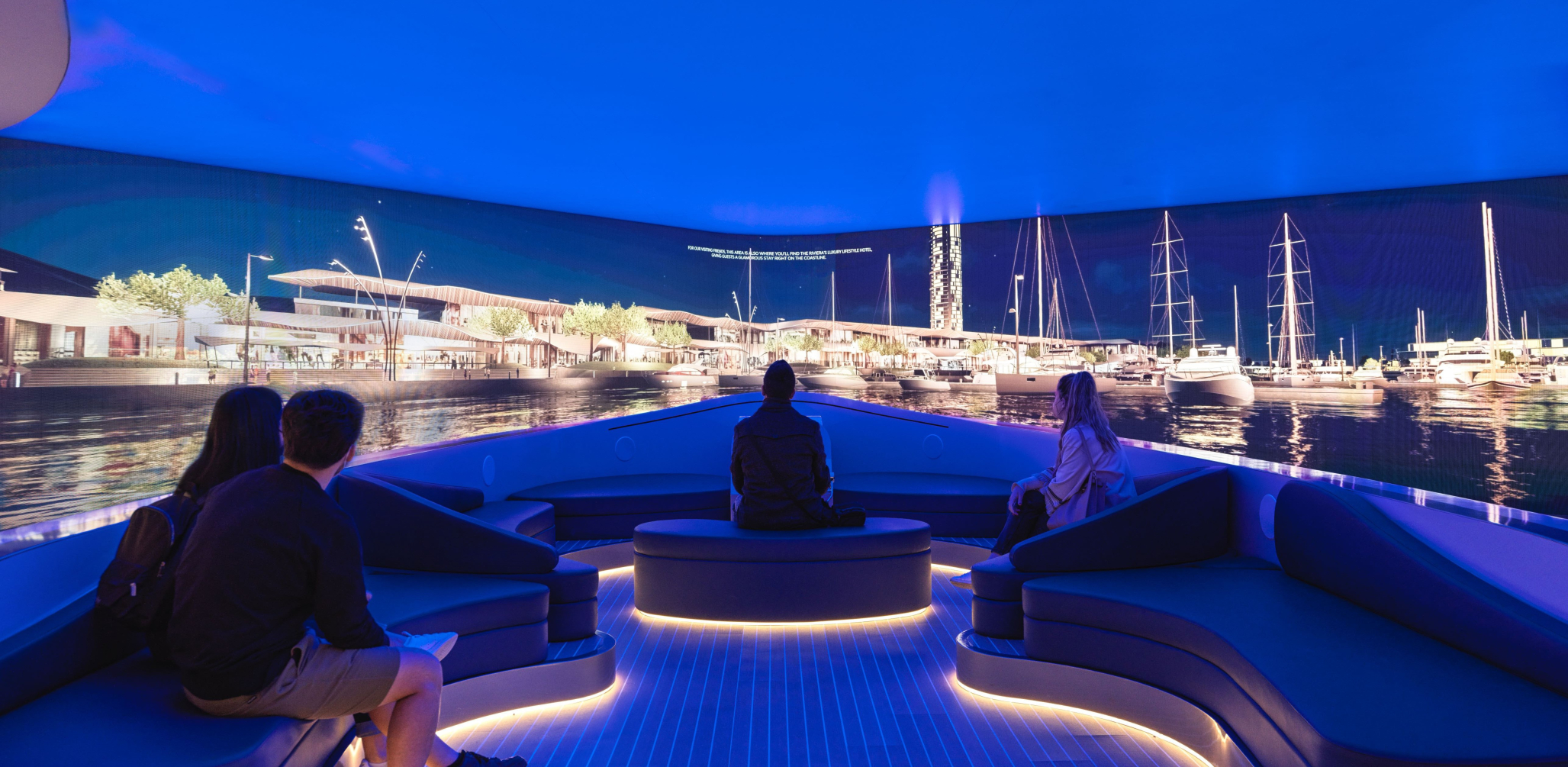
Winning over today’s executives takes more than polished decks or spec sheets. In a digital-first world, decision-makers are looking for real, immersive experiences that share compelling brand stories. But while many branded Experience Centers—permanent, regularly updated environments designed for deep brand immersion—boast impressive aesthetics, they often fall short by lacking a cohesive narrative, meaningful interaction, and a clear, memorable takeaway for their audience.
To create truly impactful engagements, an Experience Center must offer a powerful user experience, deeply connected with compelling storytelling and strategically integrated technology. It’s in these personalized spaces that brands don’t just pitch; they perform, creating lasting impact. Here’s how you can build your own.
Traditional pitches fail to truly engage and inspire.
When was the last time a corporate sales presentation resonated with you? Conventional meetings and product demos rarely create the emotional or sensory engagement needed to make a lasting impression. And in the post-COVID era, the stakes are even higher. Executives are more selective about where they spend their time and what earns their attention.
As companies compete for meaningful in-person connections, Experience Centers are stepping into the spotlight. These environments offer brands a platform to create high-touch, high-impact moments that cut through the noise and command attention.
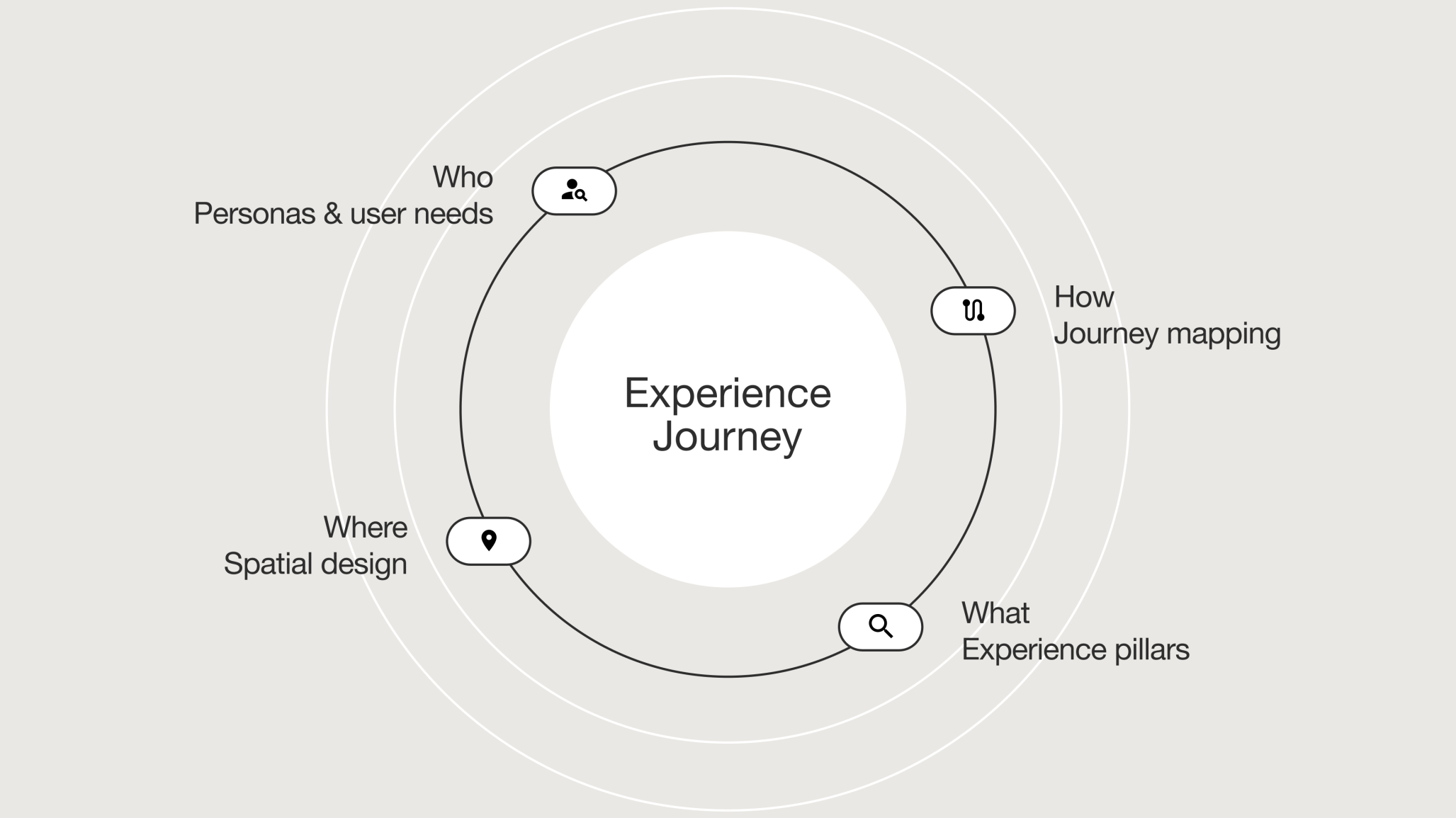
Effective Experience Centers address real human needs.
At the heart of an effective Experience Center is a deep understanding of who it’s for. We begin by focusing on real individuals with specific needs, goals and pain points.
Through detailed personas, we explore different stakeholders. Whereas a CEO, CTO, and CMO might all weigh in on the same decision, each approaches it from a distinct angle. A well-designed Experience Center recognizes these different perspectives and builds tailored pathways that speak to each stakeholder’s priorities.
Once we understand who we're designing for, the next step is defining what—the experience pillars will shape every interaction in the space. The most powerful Experience Centers go beyond product showcases, offering immersive environments where visitors actively participate in your brand story.
Experience pillars might include concepts like driving emotional resonance, enabling co-creation or learning through exploration. When establishing these core ideas early, it ensures the entire journey feels cohesive and intentional.
The narrative should unfold naturally, revealing insights at just the right moment. Not with an information overload, but with a sense of rhythm—leading visitors from curiosity to clarity in a way that sticks.
Intentional design creates seamless, memorable journeys.
How an experience unfolds matters as much as what it says. The best Experience Centers fully immerse visitors, going beyond simply making an impression. Every touchpoint is thoughtfully choreographed into a seamless narrative arc, like directing a film where the client is both the audience and the protagonist.
Interactive technologies—from responsive displays to personalized AR—turn passive observers into active participants. But technology should never be the hero; it’s there to serve the story. The most important consideration is not what latest technology we can use, but rather how we can most effectively communicate our message right now.
Sometimes that’s a cutting-edge holographic display. Other times, it’s a handcrafted physical model that invites hands-on exploration. The difference lies in the intention and execution. A well-built experience flows with purpose, creating a cohesive journey where each interaction builds on previous engagements. That’s what elevates an environment from a flashy showroom to a truly transformative space.
For example, the Ellinikon Experience Centre, designed to bring a 20-year urban regeneration vision to life, transformed an old airport hangar into an immersive journey. Visitors receive a personalized RFID-enabled “boarding pass,” a nod to the site's heritage, which connects them to a series of bespoke experiences. From an interactive scale model of the development’s master plan to multisensorial park exhibits, XR-enhanced virtual tours, and a "night sky" corridor showcasing innovations, the journey was intentionally designed at every step. Physical and digital elements blend together, such as a digitally enhanced botanical library and a staged luxury residence where interactions are personalized via the RFID pass. This approach, with over 22 unique experiences, turns a complex urban plan into a tangible, memorable and seamless exploration for visitors.
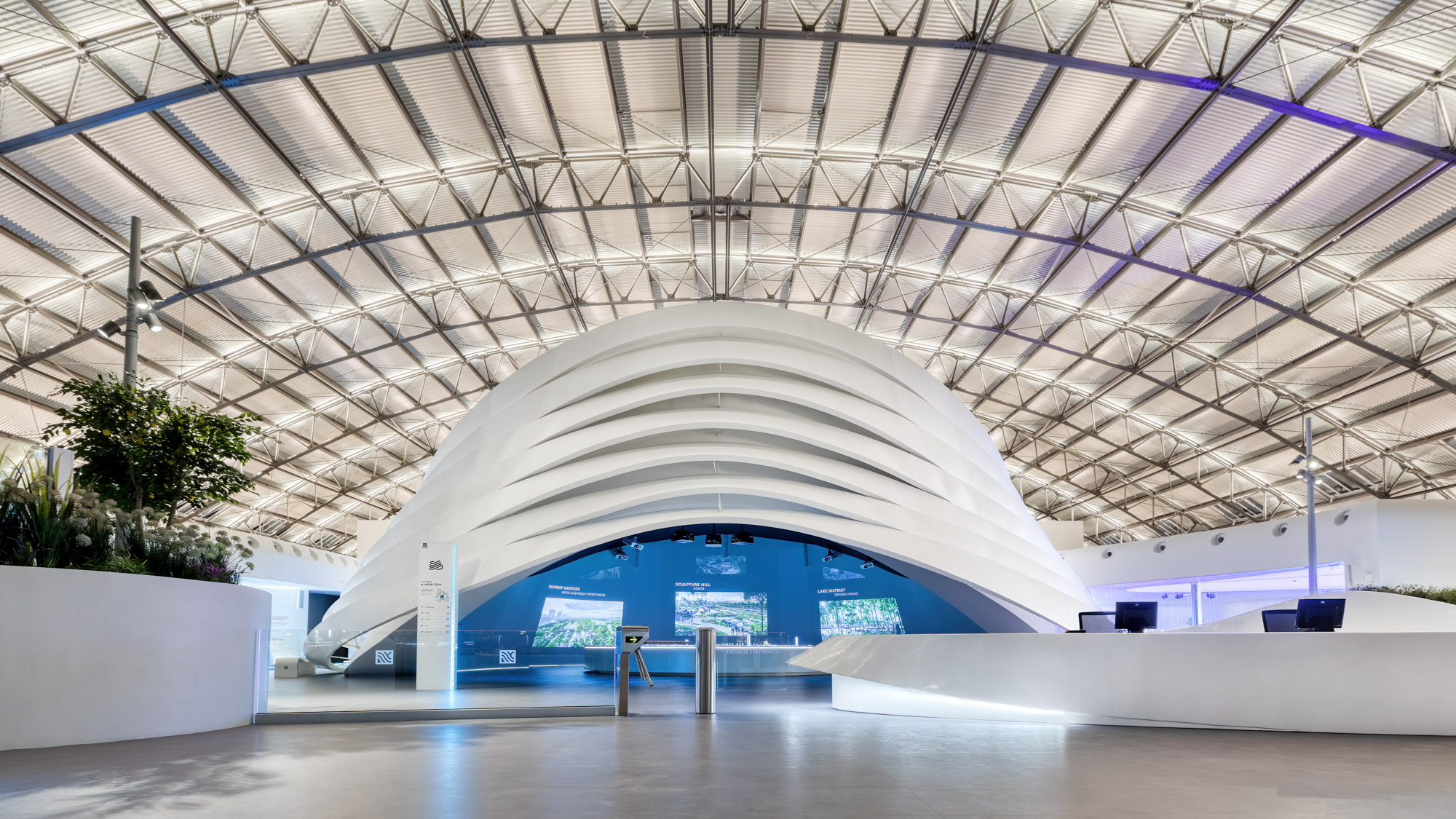
The Ellinikon Experience Centre invites visitors to step into an immersive look into the development's past, present and future.
Thoughtful spatial and temporal design guide visitor journeys.
The where and when of an experience are paramount. Thoughtful spatial planning ensures each area has a clear purpose, guiding visitors through a deliberate journey. While this is crucial for permanent Experience Centers, the same principles of engagement and immersion apply to temporary brand activations. In fact, these pop-up experiences often serve as powerful case studies for how to create memorable interactions that can be scaled and integrated into a permanent center.
Consider, for instance, the Levi's tech-infused presence at Art Basel in Miami. This activation centered around an innovative apparel drop system. The spatial design featured a giant neon countdown clock to build anticipation, a rapid-fire pattern input system for engagement and a shipping container transformed into an infinity room for a stylish product pickup. The design leveraged the high-traffic environment of Art Basel, using the physical space and a gamified drop mechanic to generate excitement and offer an exclusive, premium experience that carried through the entire purchase flow. The "Pickup," a fully automated jean-dispensing infinity room activated by a code scan, turned a simple transaction into a futuristic and engaging brand interaction. This illustrates how the strategic thinking behind a temporary activation can inspire more dynamic and meaningful engagement within an Experience Center.
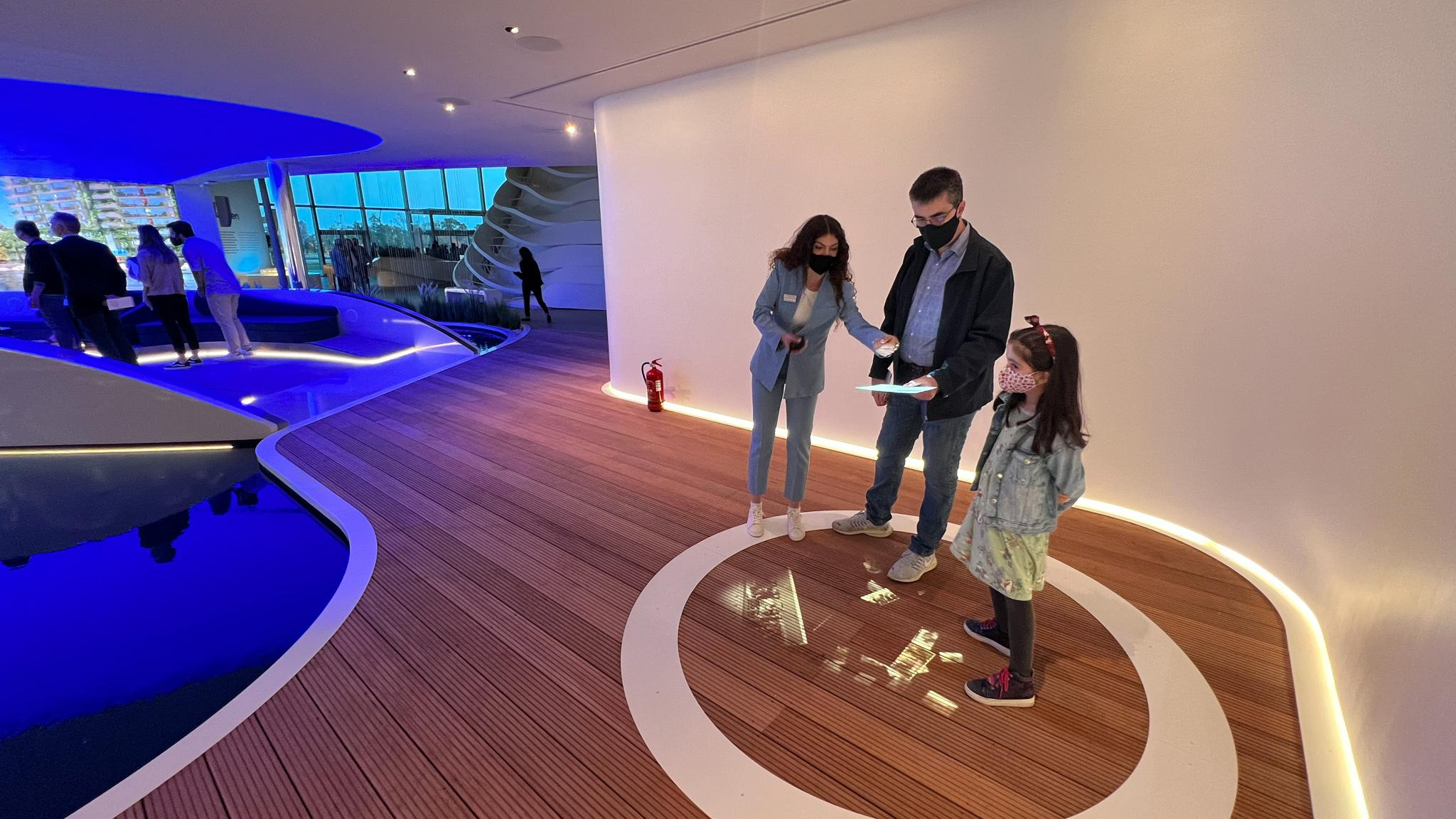
The Ellinikon Experience Centre features a variety of interactive elements designed to inform and delight.
Whether it's an open zone in a permanent center sparking curiosity or a meticulously designed pop-up like Levi's, these zoned environments work together to support the customer journey from first impressions to lasting connections. Spatial design plays a critical role in shaping how people feel and behave. Entry spaces might evoke a sense of wonder, while zones deeper in the environment—or unique interaction points within an activation—help facilitate meaningful conversations and engagement around specific needs, products, or brand stories. Every corner of the space, permanent or temporary, should subtly support your narrative.
And just as location matters, so does timing. The pace of the experience should reflect visitor needs—balancing moments of discovery and reflection with opportunities for directed interaction. This sense of flow extends beyond the physical visit, into pre-visit anticipation and post-visit communication to keep the experience alive.
Adaptive intelligence personalizes every interaction.
By integrating IoT and AI, we enable responsive intelligence, making environments that adapt to visitor behavior. This personalization shifts static displays to dynamic dialogues, catering to individual interests.
Once static environments, Experience Centers have transformed into intelligent systems capable of real-time response to visitor behavior. That adaptability creates a profound sense of being seen and understood. When a space reacts to a visitor’s interests, it signals a level of attentiveness that traditional presentations simply can’t match. It’s the difference between being lectured and truly engaging in meaningful dialogue.
Behind the scenes, these systems are constantly learning. Each interaction generates insights into what resonates with different audiences, helping brands fine-tune not just the experience, but also broader marketing and product strategies. The impact of the Experience Center doesn’t end at the exit—it informs how you show up everywhere else.
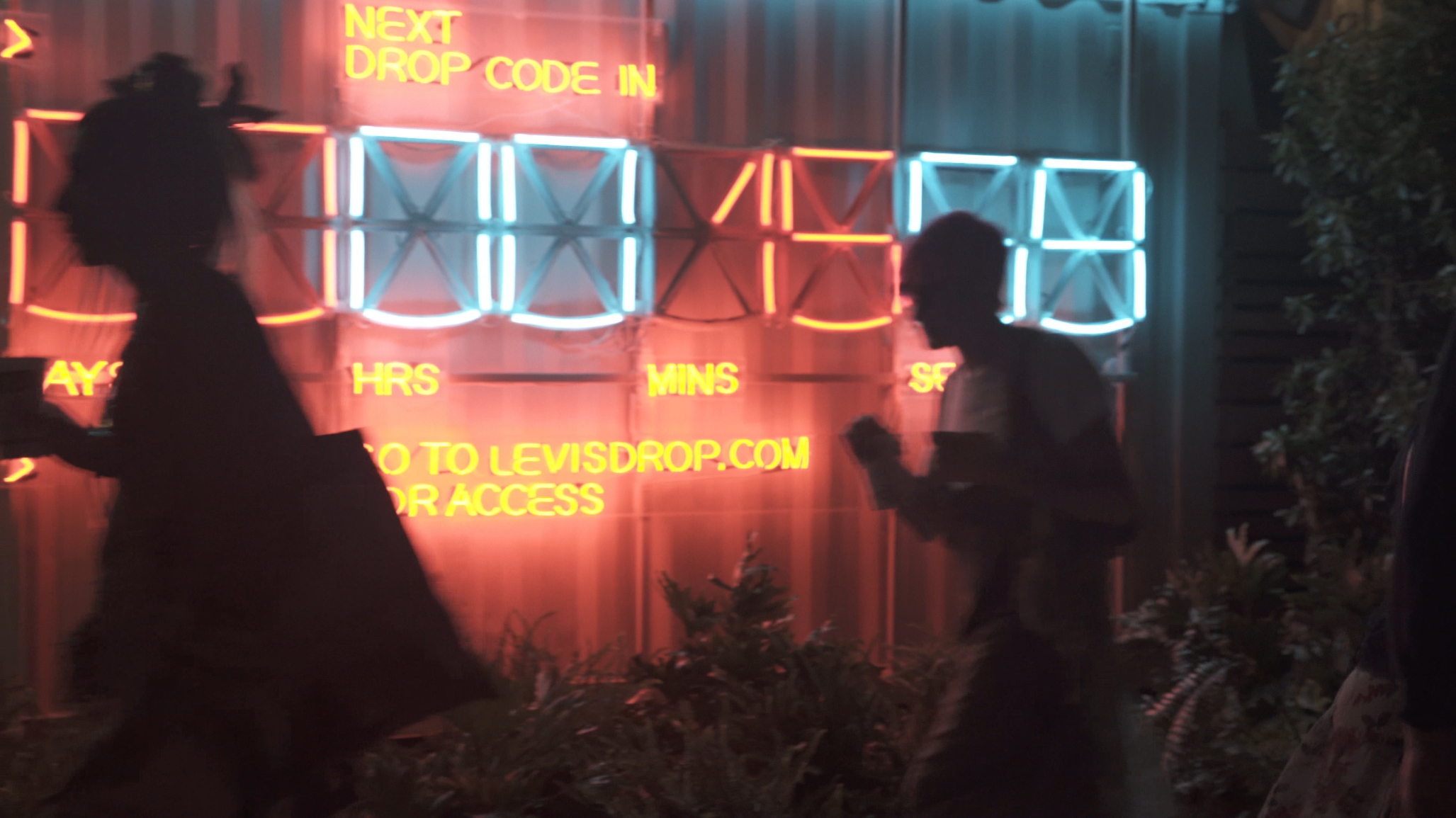
Levi's used immersive design principles to create fuel anticipation and enable a slick shopping experience at Art Basel.
Collective effort delivers transformative results.
Creating an Experience Center that truly resonates takes a collective effort from specialists with diverse expertise. It calls for architects who understand spatial flow, designers who think in interactions, technologists who make moments seamless, and strategists who tie it all back to business goals. This collaborative approach ensures that every element of the experience serves your objectives.
The strongest outcomes start at the early planning stages. When architects know how a space will be activated, they can shape environments that support that interaction. When technologists understand the narrative arc, they can build tools that deepen engagement rather than distract from it.
Client collaboration is just as essential. Your team brings firsthand knowledge of your audience, products and challenges. We bring the craft to help amplify it. The most impactful Experience Centers are born from this kind of partnership—where expertise meets insight, and every decision serves a shared purpose.
Strategic design turns impressions into lasting results.
In a world where digital fatigue is real, Experience Centers offer something more: memorable, meaningful connections that standard meetings simply can't match. By designing with intention around human needs, brands move beyond product showcases and focus on building lasting relationships.
And while visitor satisfaction is important, the true measure of success lies in achieving meaningful business outcomes. Thoughtfully designed Experience Centers accelerate sales cycles, increase conversion rates and strengthen client relationships. They become powerful differentiators in competitive markets where product features alone aren’t enough.
As the business landscape continues to evolve, these immersive environments will play an increasingly vital role in how brands engage their most important audiences. The brands that lead will be the ones who recognize that an Experience Center isn’t just a space—it’s a strategic tool that transforms how clients perceive, understand, and connect with your brand.
Related
Thinking
Sharpen your edge in a world that won't wait
Sign up to get email updates with actionable insights, cutting-edge research and proven strategies.
Monks needs the contact information you provide to us to contact you about our products and services. You may unsubscribe from these communications at any time. For information on how to unsubscribe, as well as our privacy practices and commitment to protecting your privacy, please review our Privacy Policy.

